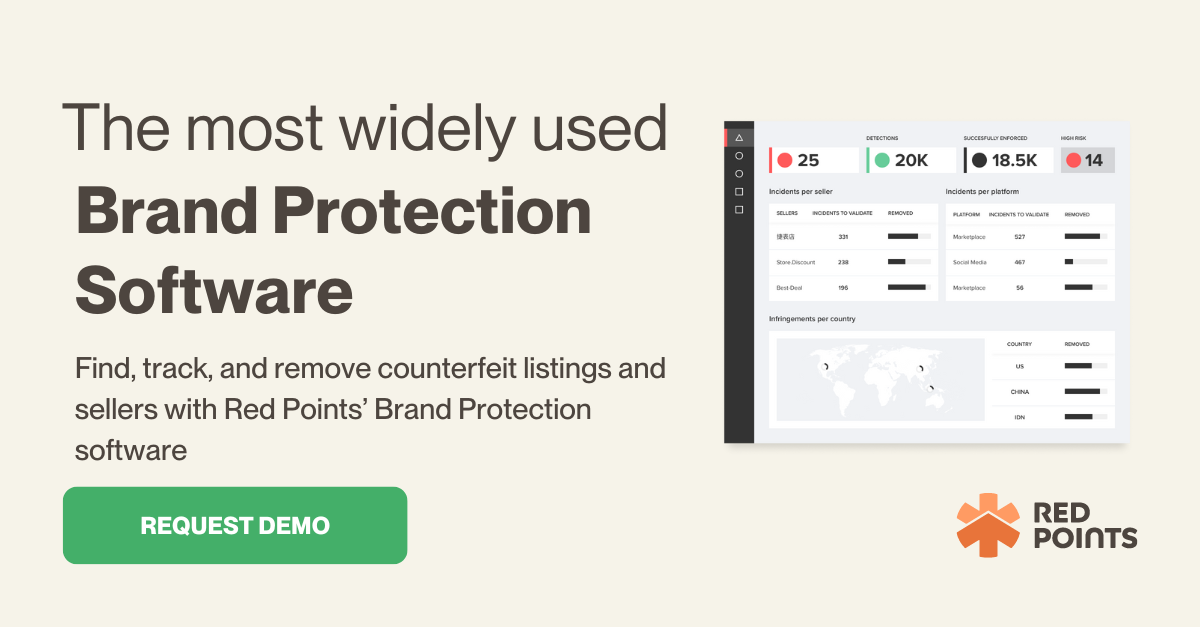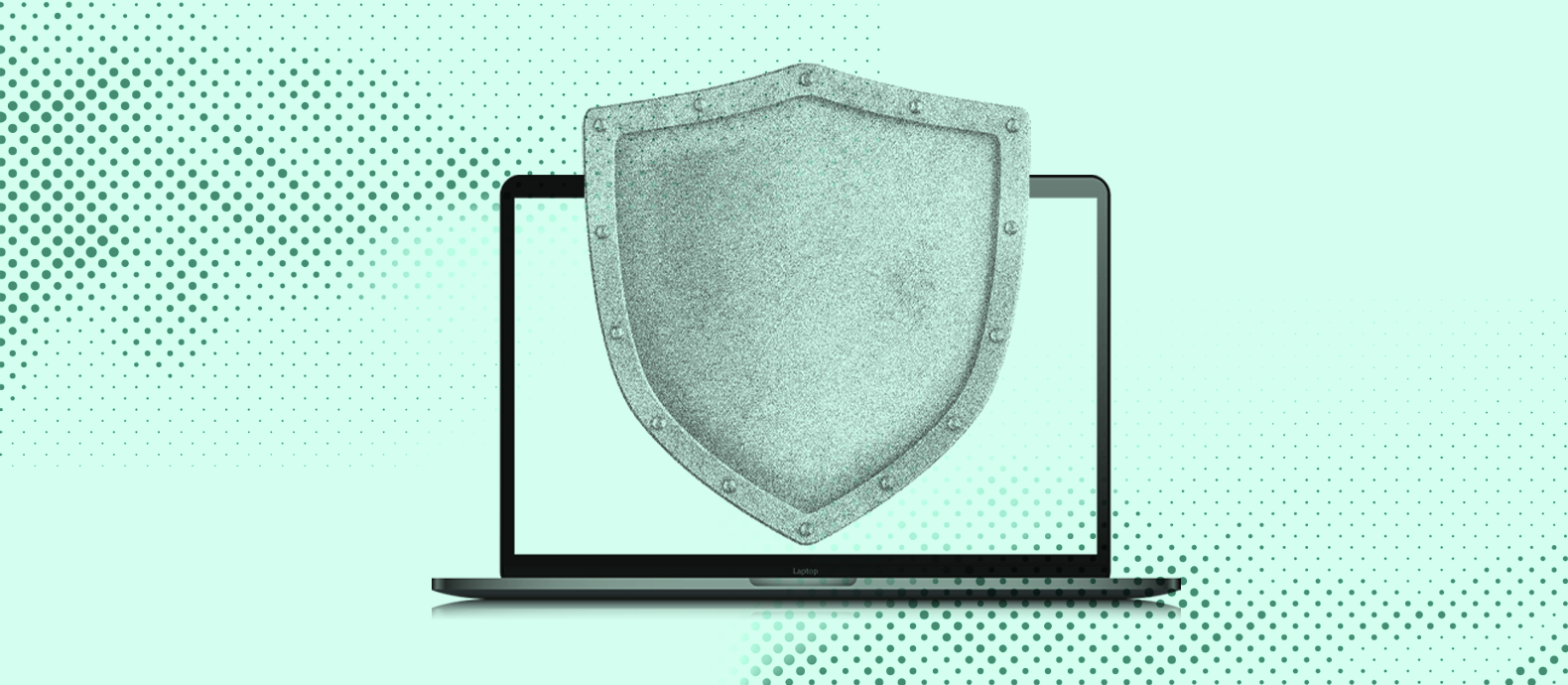Today, many companies understand the value of having a visible internet presence for their brand.
One of the many digital techniques that companies employ today is creating a polished website that prospective (and even current) customers can use to learn about the business’s products and, perhaps, make a purchase. This requires picking a URL that is an excellent fit for your company and will direct customers clearly and unambiguously.
As a result, company owners should be aware that monitoring other URLs is an integral part of this digital strategy to avoid trademark infringement. This protects both the company and its customers from being tricked or misled about the goods or services they plan to purchase.
This is essentially the basis of URL trademark infringement. Today, we’ll go over what this is, how to spot it, and why preventing it is crucial for businesses and consumers alike.
What is a URL trademark?
When a person or company uses a URL covered by a trademark, they are violating the rights of the owner of that brand. This is known as URL trademark infringement.
Many companies that focus largely on the Internet debate whether or not to include “.com” in their trademark name when deciding on a name for their company. Any part of a URL, including “.com,” may be included in a trademark application submitted to the United States Patent and Trademark Office.
Products or services must be offered under the URL in question to be trademarkable and protected from infringement. For this reason, Amazon has trademarks on both the Amazon and Amazon.com names.
Any unauthorized use of a website whose address incorporates a trademarked term constitutes trademark infringement in the URL. Although rights in a trademark may arise under common law even in the absence of registration, it is strongly suggested that URLowners pursue federal trademark registration, which provides nationwide protection.
Types of URL trademark infringement
Some ways URL trademark infringement occurs are through:
- Cybersquatting
The most frequent and dangerous kind of URL infringement is cybersquatting. Cybersquatting isn’t precisely defined in a clear-cut way. Still, it happens when someone registers a URL with the aim of selling it, then stops the rightful owner of the trademark from using it, or tries to redirect visitors away from the owner’s website.
- Typosquatting.
This form of URL infringement is similar to cybersquatting; however, rather than registering a URL, the perpetrator registers a well-known brand.
- Competing use
The law strictly forbids any such conduct. However, conflicting claims remain a convoluted area of the law that finds itself at the center of several controversies. Because trademarks are assigned to specific territories and classes, many different companies can legally use the same URL as a trademark without infringing on anybody else’s rights. Several organizations, such as United Airlines and United Way, utilize the name “United” as a trademark. Nonetheless, there is only room for one business to get the rights to the “www.united.com” domain.
- Reverse URL hijacking
This occurs when a trademark owner approaches a third party with a competing claim to a URL in an attempt to acquire it. Since, as was previously said, several organizations can use the same domain. Still, only one can have an exclusive right to any given URL, and there would be no infringement in this scenario.
How to detect URL trademark infringement
Some questions you might want to ask yourself are as follows.
- Does the URL owner also own a trademark for that name?
- Is the registrant’s name identical to the URL, as in “John Smith” using “johnsmith.com”?
- Have they (or anybody else) used this URL before? Alternatively, did the URLowner not start using it until you started using it?
- Does the current usage of the URL fall under fair use or noncommercial use criteria?
- Does the user of this URL intend to steal traffic from another business? For argument’s sake, let’s say that John registered a URL for his company. Andrew, who operates a similar business, has stepped in and started using the same URL, or one quite similar, in the hopes that John’s clients would stop using him and switch to him.
- Has the URLowner made a cash offer to purchase the trademark owner’s domain? Did the registrant intend to put up the website to generate revenue?
- Has the owner of the URL repeatedly registered and then resold names without any intention of using them?
- Did the registrant of the URL submit any false details?
- How original is the trademark?

How to report URL trademark infringement
A trademark cease and desist letter is often the best first reaction to URL infringement. However, there are other choices. In the future, this notice can prove that the infringing activities were intentional. If the matter gets to trial, this might lead to a larger compensation.
If someone is using your trademarked URL without your permission, you have the right to demand that they stop. Nonetheless, it is also recommended that the URL be given over if you are dealing with a cybersquatter.
Sending a cease and desist letter to anyone who has infringed on your brand’s intellectual property rights via URL trademark demonstrates that you mean business. Either the receiver will reply to your letter and stop the infringing activity, or they will choose to ignore it and carry on anyway. Their decision to take a certain action will determine your next step.
Trademark owners can file a complaint with the UDRP and/or file a lawsuit under the ACPA if the infringement does not stop or an agreement is not reached.
UDRP Complaint
The Internet Corporation for Assigned Names and Numbers (ICANN) generated a UDRP complaint that was submitted under the UDRP’s (Uniform URL Dispute Resolution Policy) rules. Because of its intended use in settling URL disputes, it is frequently employed in the fight against cybersquatters. In that situation, the URL will be transferred to you.
The WIPO and a few other international agencies deal with these disputes. Most complaints end up in favor of the complainant when the alleged infringer fails to reply. The complainant is responsible for paying the filing cost associated with initiating proceedings. The lack of monetary compensation is a major drawback of the UDRP procedure. The only possible outcome of your lawsuit is to gain complete control of the URL.
If a complaint is upheld, the URL registrar will have ten days to transfer ownership. The putative cybersquatter can sue to block the transfer within that time range. However, if the claimed infractions are indeed happening, this will only make the putative infringer liable for monetary fines.
Lawsuit Under ACPA
The Lanham Act can be used in trademark action against a party using your branded URL without authorization. However, the Anticybersquatting Consumer Protection Act (ACPA) establishes a legal recourse if the cybersquatter is at the center of your issue.
It is not enough to show that the cybersquatter acted in bad faith or that the mark is confusingly similar to an existing one; international bodies also require proof that the cybersquatter had commercial motives for their conduct. There are several ways to engage in URL piracy, whether it’s by preventing a competitor from promoting themselves online or selling a URL at an inflated price.
Compensatory damages under the ACPA range from $1,000 to $100,000 per URL. This is on top of any orders to transfer ownership or injunctions that may be in place. The only method to get compensated financially for trademark damages is through trademark litigation, which can take longer and cost more than filing a UDRP complaint.
What’s next
Even with an in-house Intellectual Property team, manually going through all of these procedures on top of your usual business operations can be a lot.
The good news is that it’s possible to automatically monitor and identify URL trademark infringement.
Red Points’ Brand Protection Software automates the detection and enforcement of trademark infringements. The detection process is carried out by bot-powered searches, which scan sites based on keywords, among further search parameters. These bots constantly crawl and monitor all sites, so that the platform works 24/7 and reflects up-to-date data.
Request a demo to see how you can use Red Points’ Brand Protection Software to enforce your URL trademarks and protect your business’ revenue.






